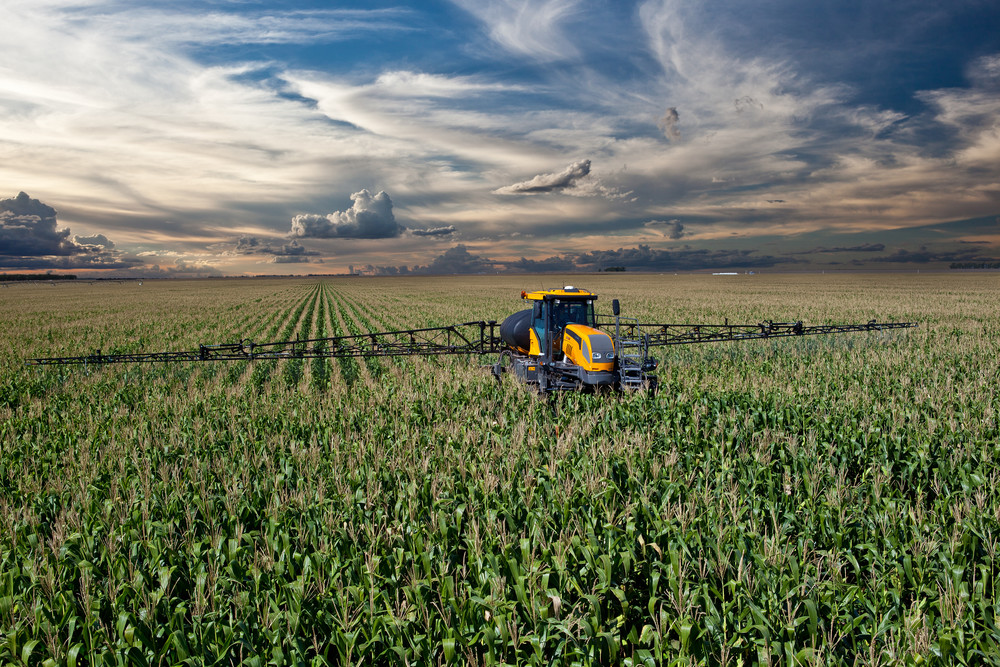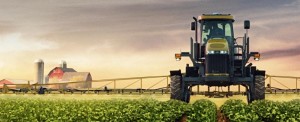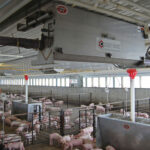Rate and Section Control Technology Critical in the Next Wave of Precision Farming Evolution
By Matt Rushing Rate and Section control technology is critical for farming in the future. Increasingly, it is becoming a requirement for farmers looking to reduce costs and improve yields. The adoption rate of this technology is high, but utilization...

Rate and Section Control Technology Critical in the Next Wave of Precision Farming Evolution
By Matt Rushing Rate and Section control technology is critical for farming in the future. Increasingly, it is becoming a requirement for farmers looking to reduce costs and improve yields. The adoption rate of this technology is high, but utilization...By Matt Rushing
Rate and Section control technology is critical for farming in the future. Increasingly, it is becoming a requirement for farmers looking to reduce costs and improve yields. The adoption rate of this technology is high, but utilization is still low[1]. Why are farmers passing on the opportunity to lower their overall costs while also reducing negative impacts on the environment? Education plays a major role, as does helping farmers understand what to do with the vast amount of data flowing from one stage of the crop cycle to the next.
Rate and section control is essential in controlling planting, seeding, pest management and nutrient application operations. Using Rate and Section control technologies such as Variable Rate Technology (VRT) and Automatic Section Control (ASC) effectively allows the farmer to reduce overall costs by helping to avoid double applying inputs on areas the machine has already covered, as well as getting the right amount in the right place based on the field’s needs.
Variable Rate Technology (VRT):
- Can help farmers optimize input costs by monitoring and varying different materials in the field to precisely plant seeds, apply fertilizer and chemicals based on prescriptions developed with the farmers trusted advisors
- Variable rate systems also record how those inputs were applied. This information can then be used to create prescriptions for subsequent operations and track the effectiveness of different crop management strategies.
Automatic Section Control (ASC):
- Avoid double coverage and eliminate wasted inputs due to overlap, field topography, soil conditions and obstacles
- Makes managing headlands and pivot rows easier when planting and spraying
- Allows spinner speed control for spreader application systems when applying fertilizer
- Improves yield by preventing overcrowding point rows with plants when seeding
In planting, both of these technologies allow real-time monitoring of seeding or fertilizer delivery information and can help identify planter malfunctions by catching them early before they cause huge yield reductions. By seeing the results of singulation analysis, skips/multiples, spacing and quality of spacing, the farmer can make better decisions and implement corrective actions faster to improve overall efficiency and yield.
In spraying herbicides and pesticides, overlapping inputs increases chemical costs while risking potential harm to the environment. Effective use of these technologies also contributes to managing impacts to zones negatively affected by chemicals such as waterways and public areas. The reduced use of fuel and more economical application of fertilizer under precision agriculture indicate rate and section control technologies have the potential to play a huge role in reducing air and water pollution[2].
Rate and section control technology is one important piece of AGCO’s approach to precision agriculture, known as Fuse. There are many opportunities for the industry and AGCO to teach and show the benefits of rate and section control technologies and encourage their adoption at a much faster rate through education and data management services.
To learn more about how AGCO is helping growers optimize operations and increase efficiency, visit www.AGCOtechnologies.com.
Matt Rushing is the Vice President for the Advanced Technology Solutions group (Fuse), responsible for AGCO’s Global ATS Product Line.
[1] http://cornandsoybeandigest.com/precision-ag/learning-blocks-show-variable-rate-application-payback
[2] http://www.ers.usda.gov/media/81195/eib80_1_.pdf



